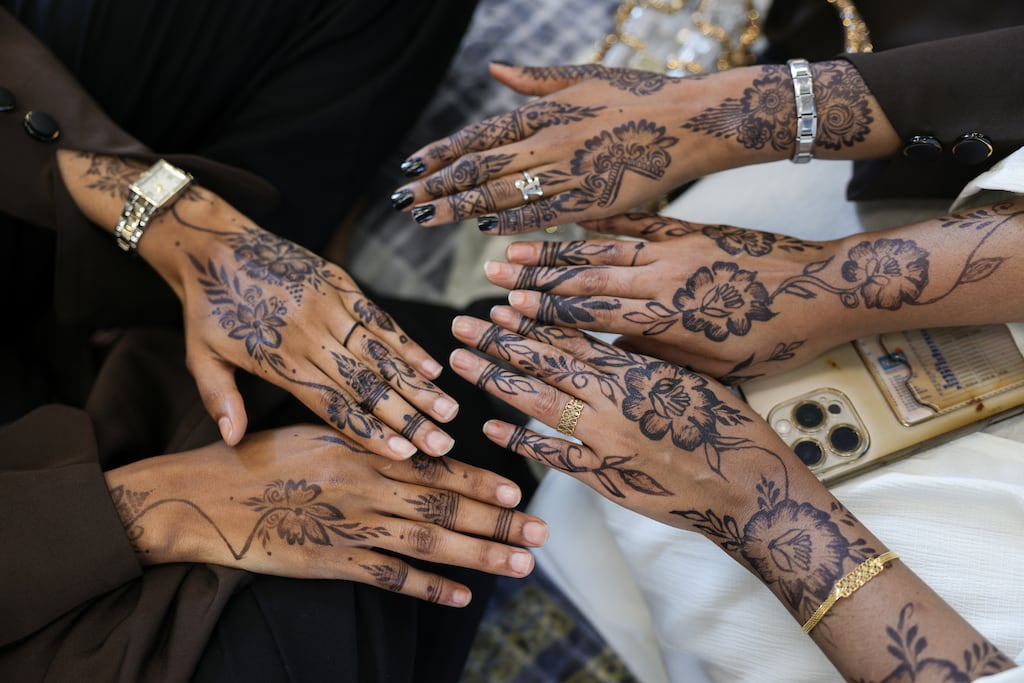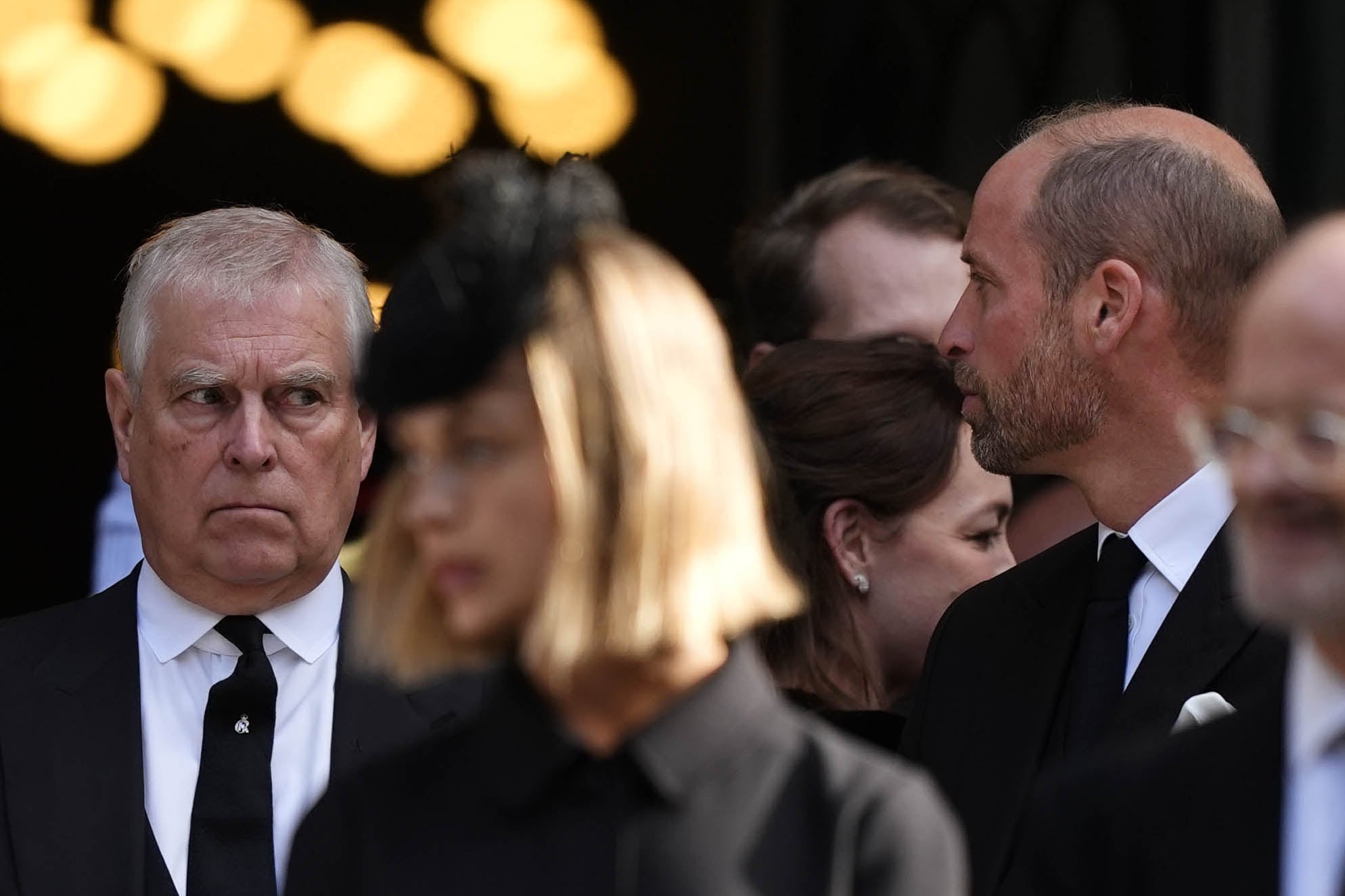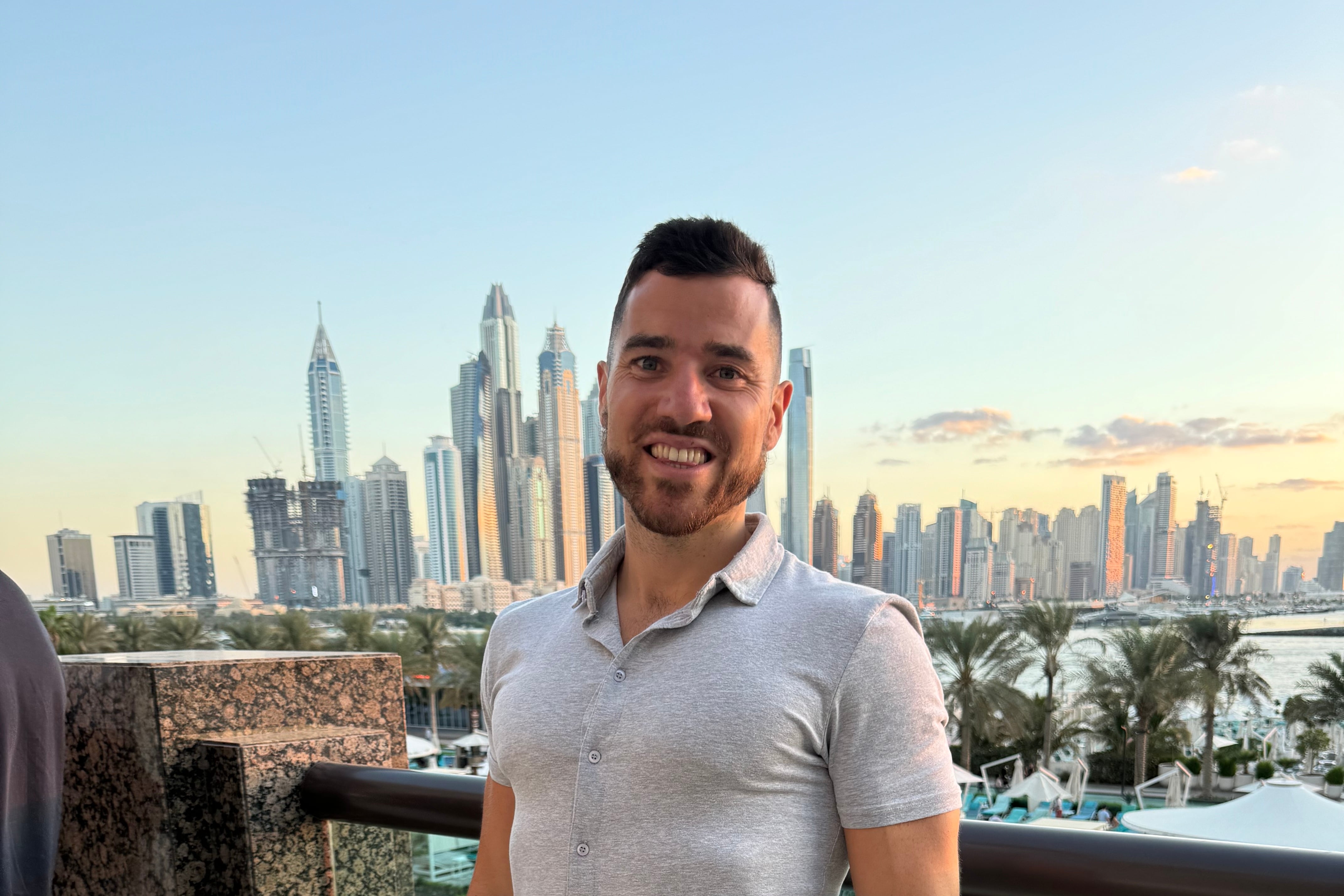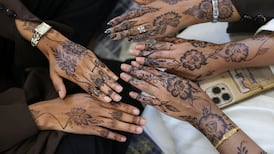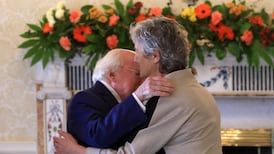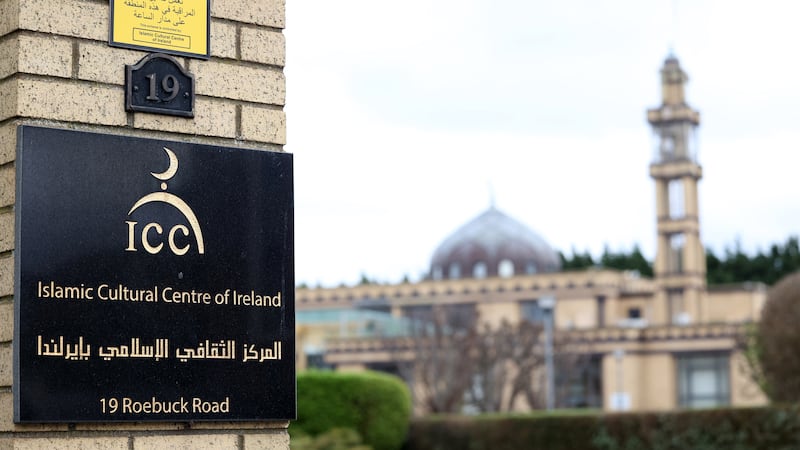In Dublin’s northeast inner city, where tricolours flutter amid belligerent signs claiming Ireland is full, you might think that no resource that could help with integration and community building would be overlooked. You would be wrong.
Recent research entitled Faith-Based Communities in the North East Inner City, a collaboration between the Jesuit Centre for Faith and Justice, Aids Care Education and Training Ireland, and the Dublin City Interfaith Forum, identifies nearly 50 small faith-based communities quietly at work across the area. It finds that these faith-based networks, although providing vital social support, remain largely invisible to officialdom.
For many arriving in Dublin, long before they connect with official State services, these communities provide immediate, practical support, often from people settled here for decades.
Their cradle-to-grave services include everything from language classes to help with form-filling. As one stakeholder put it, someone seeking refugee status and someone arriving as a skilled healthcare worker represent “two completely different individuals, worlds apart, but faith-based communities offer an awful lot to both”.
READ MORE
We should surely understand this, given that from Kilburn to Canberra, the Irish diaspora for generations sought out not just pubs, but Catholic parish churches as bridges to their new lives.
Though more diverse, the faith-based communities of the northeast inner city promote integration in similar ways. Of the 49 communities, only a handful are in traditional Catholic or Protestant church buildings.
Some of those traditional buildings also host newcomer communities along with established congregations. St Saviour’s in Dominick Street welcomes Hispanic and Polish communities and used to host Croatians.
There are Eritrean, Ethiopian and Indian Orthodox Christians, Chinese and Iranian Gospel Churches, and both Sunni and Shia Muslim communities. Evangelical and Pentecostal Churches are particularly common.
Some communities bring together 20 nationalities, including Irish people. One building hosts a mainline Irish congregation alongside Romanian and Indian churches.
Inter-faith co-operation happens organically. As another stakeholder said, “You’d have Muslims from north Africa sitting down with eastern European Christians around a table.”
Sometimes lack of facilities for key events means that newer communities ask, say, their friends in an established Catholic Church to host a funeral.
The study also contends that a misunderstanding of what secularism entails prevents officialdom from recognising, much less supporting, their work. As one city official explained, the default assumption is that Ireland is now “secular”, and so, religion “just wasn’t something that we had to be familiar with”.
The notion of a secular society providing a big tent for religious and cultural diversity did not seem to feature.
The study states that “one senior representative of the city acknowledged that faith communities might have some ‘expertise’ but when asked to name any sense in which that might be expressed, conceded, ‘I’m going to be honest. I can’t’.”
After a spate of gangland murders, the North East Inner City Initiative was set up in 2016 to focus on long-term regeneration and community building. It has a map of services under 19 different headings, everything from arts and culture to youth work services, but not a faith-based community in sight.
People interviewed for the current research said bluntly that in the aftermath of the riots in November 2023, the Garda would not have known where to find faith-based communities to provide them with face-to-face reassurance and support.
One community recalled that when engaging with a planner about retrofitting a listed building to provide accessible bathrooms, they were told the official in question didn’t “want to deal with churches”. This was described as “quite a vociferous reaction”.
This lack of religious literacy or even openness means these communities are not consulted on planning or public transport, and are not even informed when protests and marches will disrupt their activities. Space is a constant struggle: many communities rely on unsuitable buildings, with insecure tenancy agreements. One community that had hosted recovery meetings, counselling, and English classes suddenly lost its premises. Now, they rotate through four rented spaces, which severely limits their outreach.
Another official noted that if the essential work of these communities were to fade away (due to a lack of premises, for example), “the State will end up with a hell of a lot more work to do”.
The report has many practical suggestions, including setting up a GDPR-compliant faith-based community register to facilitate public-health and mental-health outreach, and when needed, crisis management. Religious communities, far from being potential flashpoints, are often firebreaks, with pastors and other religious leaders bringing calm rather than escalation.
Inspired by models such as the Houses of Religions in Bern, Hanover and Vienna, which bring different faith communities under one roof, the report’s authors suggest that an NEIC shared faith and community hub has the most potential for far-reaching impact.
Flexible worship spaces, shared offices and meeting rooms would provide a base for connection and collaboration. Robust guardrails and accountability could ensure that no funding would be provided for worship, religious instruction, or proselytism.
If we truly mean to tackle racism and advance integration, authorities can no longer justify ignoring the contribution these faith-based communities make.
